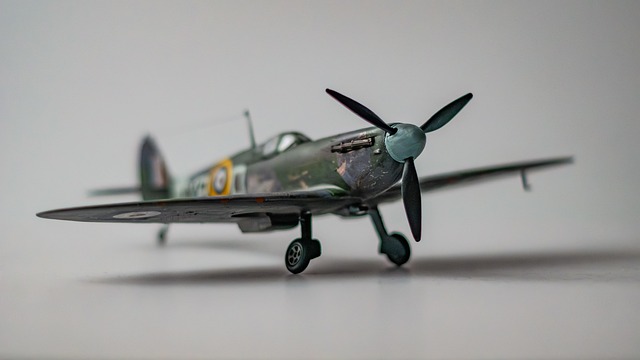The Churchill Barriers stand as a remarkable testament to both military history and modern infrastructure. These four causeways, spanning the waters between several of the Orkney Islands, were initially built as defensive structures during World War II. Today, they serve as vital road links for residents and visitors alike.
The Origins of the Churchill Barriers
In October 1939, tragedy struck at Scapa Flow, a key British naval base, when a German U-boat (U-47) managed to slip through the eastern entrances and torpedo the battleship HMS Royal Oak. The attack resulted in the deaths of 834 crew members and highlighted the vulnerabilities of this strategic anchorage. In response, Prime Minister Winston Churchill ordered the construction of defensive barriers to prevent future enemy incursions.
Construction and the Role of Italian Prisoners of War
Work on the barriers began in 1940 and continued until 1944. The construction process was monumental, requiring thousands of tons of concrete blocks and stone to create solid causeways across the narrow channels. These barriers were designed not only to prevent submarines from entering Scapa Flow but also to serve as future roadways connecting the islands.
A significant portion of the workforce consisted of Italian prisoners of war (POWs), captured in North Africa and housed in camps on Lamb Holm. While their labor was instrumental in building the barriers, their presence also led to the creation of a unique historical landmark: the Italian Chapel. Constructed by the prisoners from salvaged materials, this beautifully decorated chapel remains a symbol of resilience and peace in the aftermath of war.
From Military Defense to Modern Infrastructure
Originally intended as wartime defenses, the Churchill Barriers evolved into essential transport links. Today, they form part of the A961 road, connecting Mainland Orkney to the islands of Lamb Holm, Glimps Holm, Burray, and South Ronaldsay. This transformation has dramatically improved accessibility and economic opportunities for residents, facilitating trade, tourism, and daily commuting.
However, the barriers have also had unintended environmental consequences. By closing off certain tidal channels, they have altered water flow and contributed to coastal erosion in some areas. Efforts continue to monitor and mitigate these effects while preserving the barriers’ integrity.
Visiting the Churchill Barriers and the Italian Chapel
Today, the Churchill Barriers are not only functional infrastructure but also popular attractions. Visitors to Orkney often drive across these historic causeways, pausing to appreciate the engineering feat and the stories behind their construction.
A highlight of the journey is a stop at the Italian Chapel, a beautifully decorated place of worship built by the Italian POWs. The chapel stands as a poignant reminder of the human side of wartime history—where soldiers and prisoners alike found solace and creativity amid hardship.
Conclusion
The Churchill Barriers are a fascinating example of how military necessity can shape the future of a region. Once built to protect Scapa Flow, they now serve as lifelines for Orkney’s southern islands. As visitors drive across these causeways, they traverse not just a roadway but a vital piece of World War II history that continues to impact life in Orkney today.
